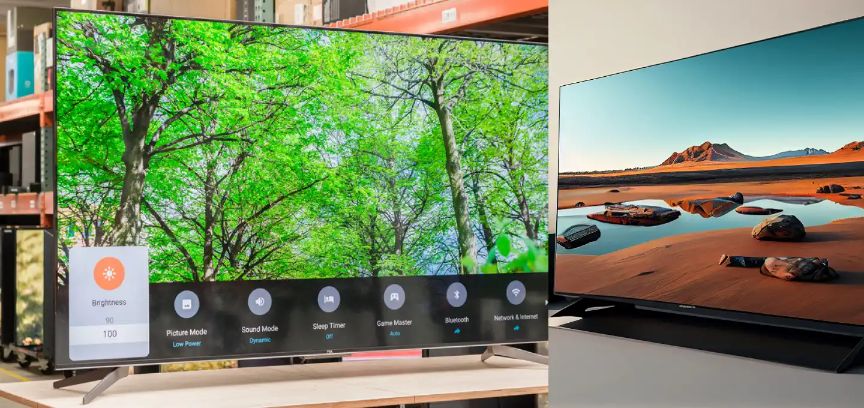From Science Fiction to Reality: The Promise of Flying Cars
4 min read
02 Aug 2024
Flying cars have long been a staple of science fiction, captivating our imaginations in novels and films. However, what was once confined to the realm of fantasy is now edging closer to reality. This article takes a journey from the pages of science fiction to the promising developments in the world of flying cars, exploring their potential impact on transportation and urban life, and how they are redefining the future of mobility.
The Dream of Flying Cars in Pop Culture
The dream of flying cars has been a persistent theme in futuristic visions, deeply ingrained in pop culture. From the iconic DeLorean in "Back to the Future" to the sleek vehicles of "Blade Runner," flying cars have symbolized the ultimate fusion of technology and mobility. While these depictions were once purely speculative, they have sparked real-world innovation and engineering, shaping the path toward tangible flying car prototypes.

Advancements in Vertical Takeoff and Landing (VTOL) Technology
The development of flying cars has been made possible by remarkable advancements in Vertical Takeoff and Landing (VTOL) technology. VTOL aircraft, capable of hovering, taking off vertically, and landing without the need for runways, serve as the foundation for many flying car designs. Electric propulsion systems, lightweight advanced materials, and sophisticated autonomous flight systems are driving progress in this field, paving the way for feasible and efficient flying car concepts.
Urban Air Mobility (UAM): Transforming Cityscapes
Urban Air Mobility, or UAM, is a pivotal driver of the flying car revolution. It envisions a future where on-demand air taxis and personal flying vehicles become an integral part of urban transportation networks. UAM promises to alleviate traffic congestion, reduce grueling commute times, and fundamentally reshape urban landscapes. The sky could soon become a new dimension of our daily lives, revolutionizing how we navigate and interact with our cities.
Challenges and Regulatory Hurdles
However, the concept of flying cars comes with a set of significant challenges. Ensuring the safety of air travel, managing increasingly crowded airspace, mitigating noise pollution, and developing the necessary ground infrastructure are among the complex issues that must be thoughtfully addressed. Regulatory bodies worldwide are working diligently to establish guidelines and frameworks for the safe and efficient integration of flying cars into existing air traffic systems, bridging the gap between innovation and safety.
The Promise of Autonomous Flight
Many flying car prototypes incorporate autonomous flight capabilities, heralding a transformative shift in personal transportation. Autonomy not only simplifies operation for users but also enhances safety by significantly reducing the risk of human error. As autonomous flying cars become more prevalent, they are expected to play a pivotal role in the mainstream adoption of this technology, making personal air travel more accessible and user-friendly than ever before.
Environmental Considerations and Sustainability
The environmental impact of flying cars is a topic of profound concern. While electric propulsion can mitigate direct emissions, questions regarding energy efficiency, the sustainability of mass adoption, and their ecological footprint persist. Innovations in green aviation technologies, from advanced battery systems to sustainable materials, are vital to address these challenges and ensure that flying cars align with broader sustainability goals.
A Transformative Future: Redefining Urban Life
The promise of flying cars extends beyond mere convenience. It has the potential to fundamentally transform urban landscapes, making transportation more efficient, accessible, and sustainable. Commutes that once consumed hours could be reduced to mere minutes, and remote areas could become more connected and accessible than ever before. Flying cars have the power to redefine how we live, work, and navigate in the urban landscapes of tomorrow.
Conclusion: Soaring Towards the Future
As flying car prototypes take to the skies for test flights and urban air mobility projects gain momentum, the dream of flying cars is gradually becoming a reality. While complex challenges persist, the prospect of personal air travel represents an exciting frontier in transportation and urban planning. From science fiction to reality, flying cars are poised to soar toward the future, redefining the way we move, interact with our cities, and shape the world of mobility, and turning the dreams of generations into tangible possibilities.


